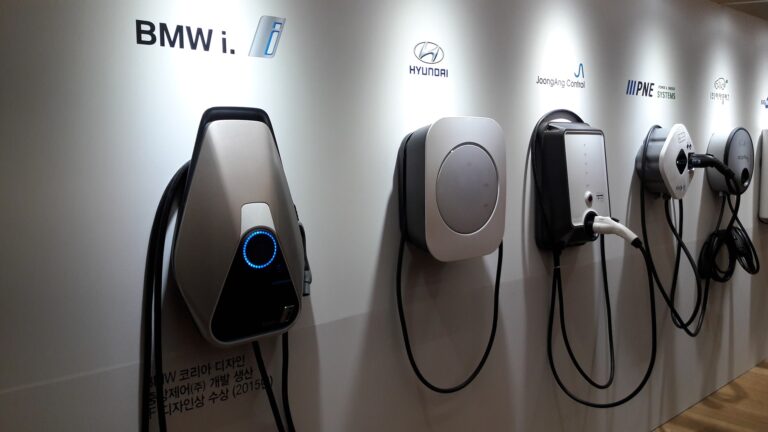From Darkness to Light
Understand the Charging Levels
There are three different charging levels for electrical car chargers. Each level can fully charge an electrical car battery, major differentiator is the amount of time required. E-MTM Communications will assist in selecting the proper technology tailored to existing electrical wiring. Choosing the right technology for home electrical car charging installation enables the residence for upcoming bidirectional charging. We are here to help you efficiently use your electrical car investment for powering your home in case of electrical brownouts and blackouts. Read more about bidirectional charging in our electricity section.
Level 1 chargers take the longest time to fully charge a battery, but these will fit some people’s needs. A level 1 home electric car charger is powered from a regular 110-120 volt (V) wall outlet. These are the regular outlets powering home appliances like microwaves, TVs or simple phone chargers. It takes several days to fully charge a car battery from empty to full charge, at a rate of about 5 miles of added range per hour of charging. This is not ideal, the only way to cope with this by charging at every opportunity and do not use the care for driving long distances.
Level 2 chargers are much more effective of recharging an electrical car battery. These electronic devices can be installed as home electric car charger and require 220-240V, the same voltage used for electrical appliances like some cloth dryers. Public Level 2 chargers charge at a rate of about 6 to 11 kilowatts (kW)/hour. Level 2 chargers can add about 25 to 35 miles of range per hour of charging. To fully charge the average electric car battery from empty would take around 9 to 10 hours. Level 2 charging is a convenient, cost effective way to “filling up” an EV overnight.
Level 3 chargers are referred to as fast chargers, electrical car charging stations and DC fast chargers. They require at least 400 V, and have the capacity to charge at a rate of 50-60 kW. This means an 75KW battery can go from empty to full charge in less than one hour, at a rate of 150 miles range per hour of charging. Level 3 charging is the most expensive option available, mostly used by dedicated charging stations like the Electrify America and Tesla network. Most electrical car drivers use their car to go between home, school, and/or work, fast charging is best for road trips.
Not all EVs are designed to handle fast charging. Smaller batteries cannot handle the higher amperage. An important fact is that not all Level 3 stations deliver the same charging capacity. Using a lower charging capacity station will result in longer charging times.
EV Plugs
EVs have distinct charge ports, which are like outlets on the car. The shape of the plug for connecting an EV to recharge it varies as well. There are three classes of plugs/connectors: CCS (combined charging system, also known as SAE Combo or Combo), CHAdeMO, and Tesla. Out of the three connectors only the Tesla is proprietary. The plug shape varies by make for Level 3 charging only. All EVs sold in the U.S. after 2000 use J1772 plugs for Level 2 charging.


